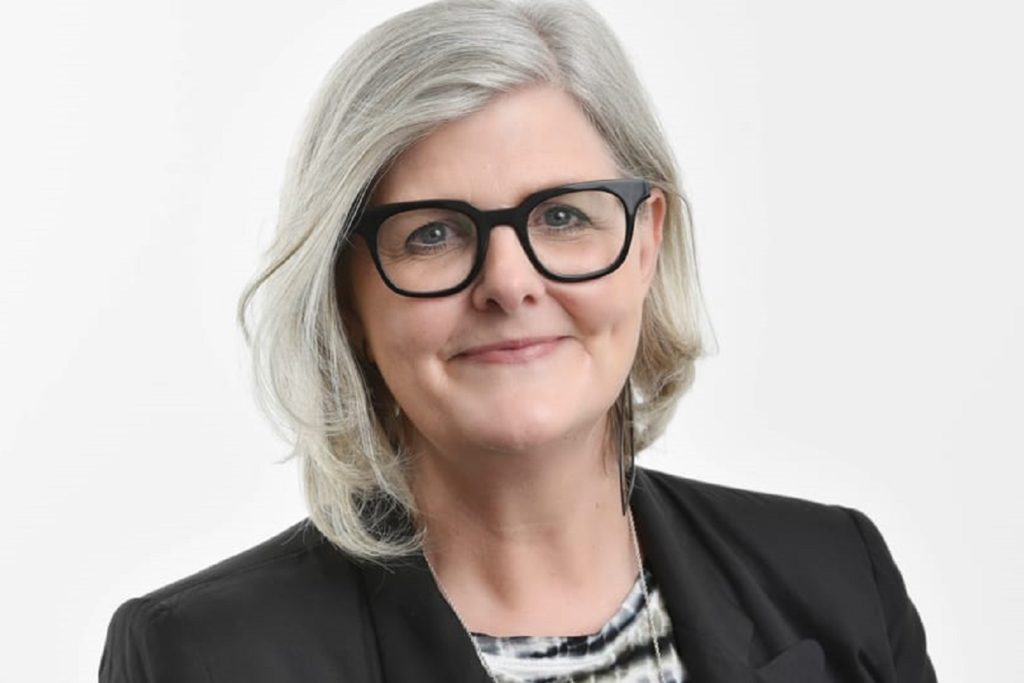Halving the workforce participation gap between men and women would unlock half a million full-time skilled workers with post school qualifications, new economic analysis has found.
A new study released by Chief Executive Women, undertaken by Impact Economics and Policy, shows that lifting women’s participation in the paid workforce would help address Australia’s skills shortages and lift economic productivity.
It comes as job vacancies hit a record high in February 2022, and as the National Skills Commission forecasts an additional 1.2 million workers will be needed to fill gaps in the economy by 2026.
The report explains there are currently many barriers to increasing women’s workforce participation, including the low wages in female dominated industries, the high cost of childcare, inadequate paid parental leave and tax policies that lock women into unpaid caring roles.
Policy reforms in these areas could help make more women available to enter the paid workforce, solving Australia’s skills shortage problem.
The study also highlights that engaging woman in the paid workforce at the same rate as men would unlock an additional one million full-time skilled workers in Australia.
Sam Mostyn, President of Chief Executive Women, said it’s clear that women are Australia’s most “untapped resource”, and the findings reinforce the need to prioritise reform that supports women’s ability to fully participate in the paid workforce.
“We are facing record job vacancies and growing skills shortages, yet we have a ready workforce, which is highly educated and skilled that is sidelined by powerful barriers to their participation,” Mostyn said.
“Halving the workforce participation gap between men and women would unlock half a million workers. Australia cannot afford to lag behind as a nation on women’s workforce participation.
“We must shift from piecemeal policies that deal with individual pressures and change the way we think about our economy and investment in social infrastructure. We must focus on policy that will enable women to participate in decent, paid work and to help solve Australia’s skills shortage.”
Chief Executive Women is calling for investment in well-paid jobs in caring sectors, affordable and accessible early childhood education and care, expansion of paid parental leave, and working to make workplaces safe from sexual harassment.
Dr Angela Jackson, Lead Economist at Impact Economics and Policy said Australia’s failure to keep pace with our international peers in terms of women’s economic participation is hurting the economy.
“Reforms to lift female participation are urgently needed to lift our game to meet current and future skill gaps,” Jackson said.
Currently, Australia has one of the biggest gaps between male and female participation and hours in paid work in the OECD. On average, a woman in Australia spends 43 per cent less time in paid work than a man, but 81 per cent more time in unpaid work. When paid and unpaid work is combined, women spend more time than men working.
Australian women are also the most educated in the world, consistently ranking number one for educational attainment on the World Economic Forum’s Global Gender Gap Index. On economic participation, Australia’s rank for women sits at 70th in the world.


